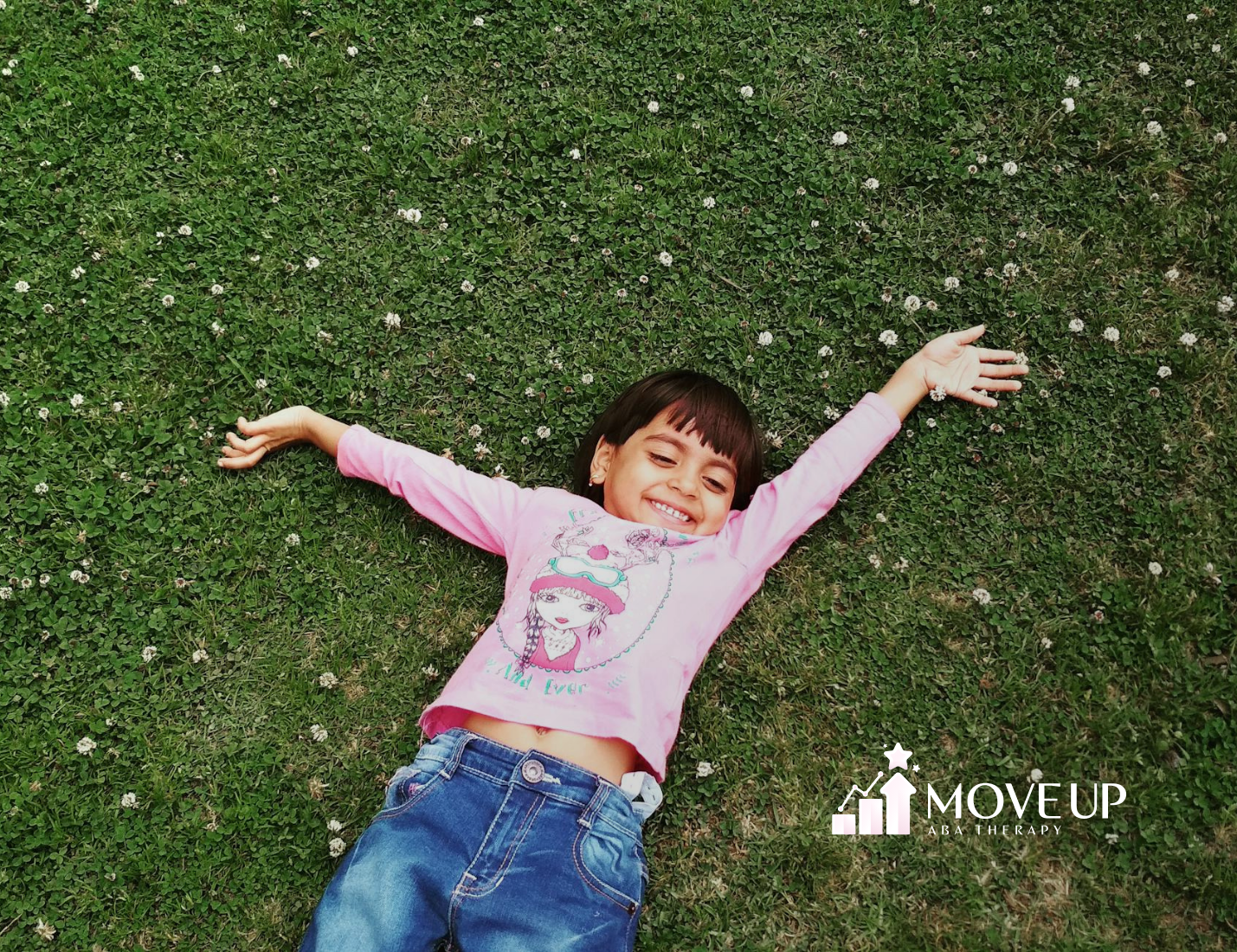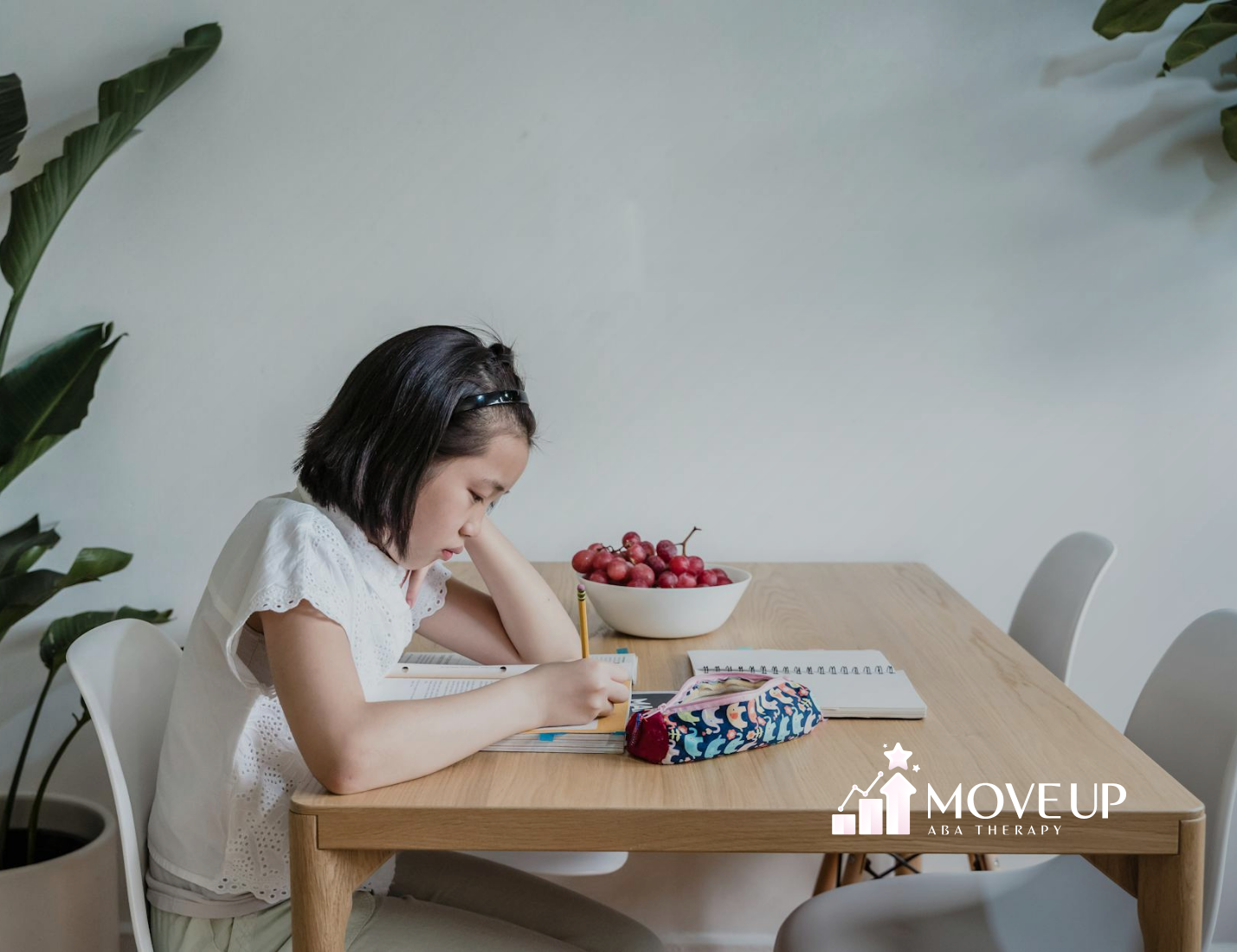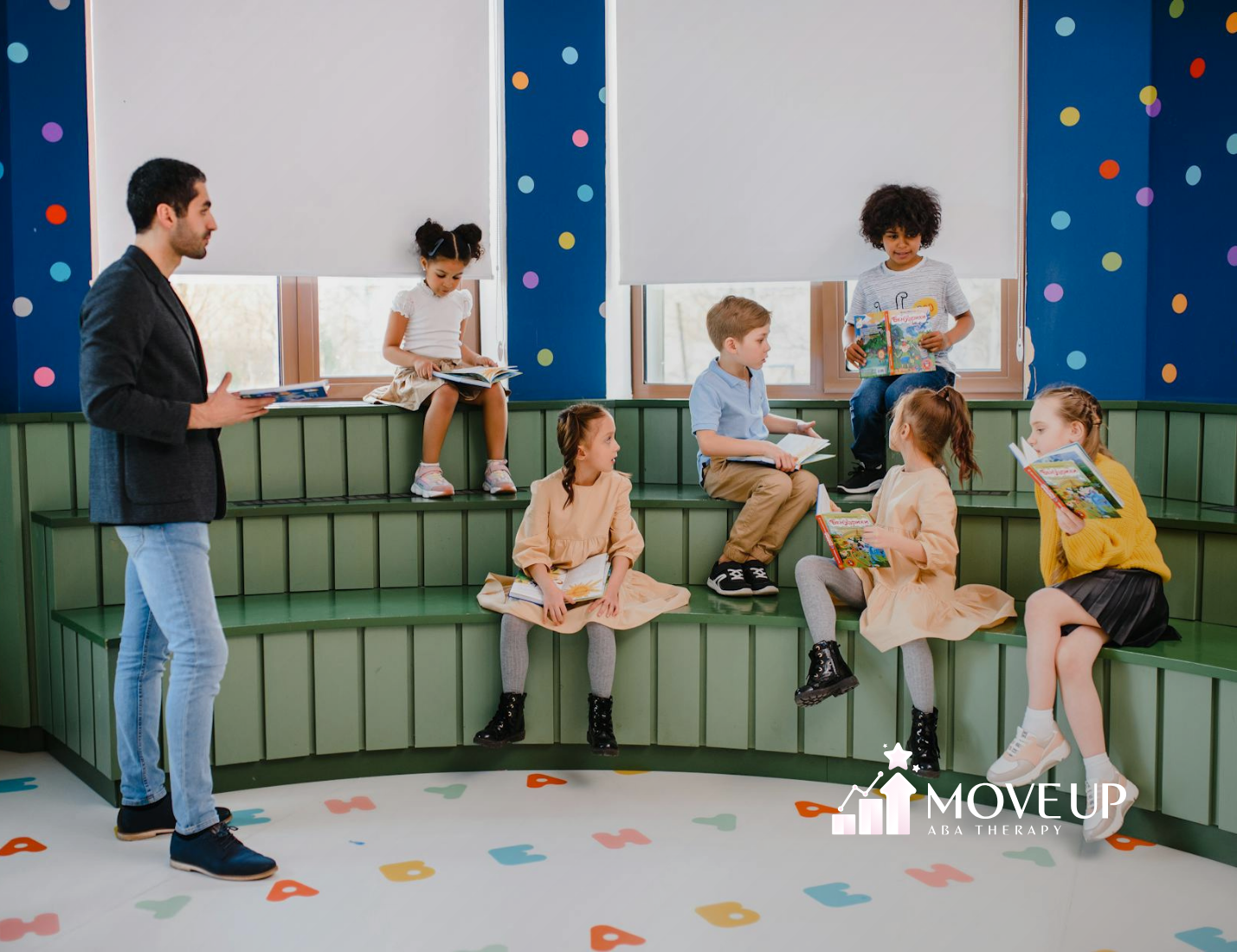Pivotal Response Training (PRT) is a way to help children on the autism spectrum. It is a type of therapy that has been proven to work. This treatment helps build important skills like social communication, motivation, and self-management. PRT is different from other autism therapies. It uses play and follows what the child likes. This makes the therapy more enjoyable and encourages the child to participate. The main aim is to bring out pivotal responses, which are key changes that can lead to bigger improvements in many areas. Knowing about pivotal response treatment is the first step to seeing how it can help children and their families.
Understanding Pivotal Response Training (PRT)
Pivotal response training (PRT) is designed to help autistic children build important skills. PRT focuses on pivotal behaviors to help bring about real change in a child’s growth. It puts the main effort on social communication, language skills, and building up a child’s intrinsic motivation. With this approach, children work on these skills during their daily routines and learn in natural ways. PRT matches what a child likes to better help with social initiations and clear communication. This often brings positive outcomes for both kids and their families. There is strong evidence base for this way, as Stanford University and other studies show that PRT works in many places.
What Makes PRT Unique Among Autism Interventions?
PRT is different from other ways to help with autism because it uses a more natural way. It is built around the child’s interests. By bringing practice into daily routines and playtime, it gives the child real chances to learn and helps the child build important social skills. Some other methods only work on single behaviors. PRT, though, looks at important areas like motivation and self-management. Working on these helps a child grow in many ways.
The way PRT uses intrinsic motivation is also important. For example, if a child asks for a toy, the child gets the toy as a reward. This helps the child learn how rewards work, and it also gets the child to try more at social interaction. This is a big part of pivotal response therapy.
Parents, therapists, and teachers can all use PRT. They can change it to fit what each child needs. Because PRT uses real-life situations, the child will see more natural growth in both social skills and communication skills. This makes PRT a good way to deal with everyday problems that come up while the child learns and grows.
The Principles of Applied Behavior Analysis (ABA) in PRT
Applied Behavior Analysis (ABA) is the main idea behind pivotal response training (PRT). It is about helping a child develop important pivotal behaviors. These basic ideas help a child learn and grow in big areas like language skills and how to talk to other people.
If you focus on a child’s motivation and teach around key pivotal areas, you can help a child get more involved and connect better. This is how you see good, positive outcomes with children. In these natural, everyday situations, using different tasks, letting the child have a choice in what they do, and building in lots of social initiations, kids not only improve their academic and play skills, but also get stronger in daily life. This approach helps them grow in behavior analysis and learn much faster.
Core Pivotal Areas Targeted by PRT
PRT focuses on certain key parts of a child’s development. These areas are motivation, responding to different clues, managing oneself, and starting social talks. All these are important for children with autism spectrum problems. Working on these areas leads to big gains in a child’s speaking, learning, and social engagement. It also helps them pick up different skills faster.
When the therapy works in these ways, PRT helps give children broad gains. For example, making a child more willing helps keep them interested in learning. When a child learns to manage themselves, they can keep their actions in check. Because of this approach, PRT is a good therapy for young children on the autism spectrum.
Enhancing Motivation Through Child Interests
Motivation is at the heart of pivotal response intervention. PRT focuses on children’s choice to keep children interested. Instead of making random tasks, therapists give options that fit what the child likes. This taps into the child’s motivation, so learning is more fun and works better.
To help boost a child’s motivation during therapy:
- Give choices that match what the child likes, like picking toys or activities.
- Encourage any effort shown toward a desired behavior, even if it is not perfect.
- Give rewards that connect directly to the task. This makes the purpose clear and easy to understand.
This method makes tasks feel less forced and more like something the child wants to do. It encourages them to take part again and again. When kids see that their hard work gets noticed, they want to keep trying. This helps the child get new skills over time, building on the pivotal response. It leads to good results in their growth and development.
Building Responsiveness to Multiple Cues
PRT helps children learn to pick up on many different things in their surroundings. This is very important for communication skills and being able to handle changes. For example, a child can get to know that “a red ball” and “a blue ball” are not the same, instead of thinking every “ball” is just the same thing. This skill makes their communication clearer and helpful.
As children get better at responding to many cues, their social communication skills also grow. They can learn joint attention, which lets them focus on the same thing as someone else and join in better with others. This helps them build closer ties at school, at home, and in the community.
By paying attention to this key skill, children don’t have to rely so much on hints and prompts. They get ready for real-life situations. As they start to understand the time, place, and signals around them, they join in better with their group. This leads to stronger friendships, better well-being, and a good fit in different places.
How PRT Sessions Are Structured
PRT sessions are made to be flexible, so they can fit what each child needs and what they can do. The therapist will use play that matches things the child likes. This helps make learning fun and keeps it interesting. At the same time, it helps the child build behavioral skills.
These sessions bring important things, such as motivation and self-management, into daily tasks. You can see this when children talk during snack time or when they play games with others. The setup is structured but still reacts to what the child needs, making sure the main goals are met. It also helps the child feel more connected to where they learn.
The Role of Play-Based, Child-Led Learning
Child-led learning is at the heart of PRT. This creates a place where young children can feel in charge of their therapy. Playtime is the basis for teaching important social engagement skills. The children get both the freedom to play and some structure.
Therapists watch what the child likes and bring those interests into every session. This helps get the best positive outcomes. It also makes the methods fit the child better and lets teaching connect to the real things the child cares about. For example, when someone supports a child as the child starts a social activity during play, it makes the child want to do it more and builds the right way to act.
| Key Play Activities | Targeted Social Skills |
|---|---|
| Turn-taking during board games | Joint attention, conversation skills |
| Pretend play with dolls or toys | Social initiations, creativity |
| Physical activities (ball games) | Coordination, teamwork |
Making learning part of fun activities helps young children get better at play skills. It also helps their growth in other important areas like social skills, social engagement, and teamwork. This way, children learn and do well at the same time.
Natural Reinforcement Techniques in Practice
Natural reinforcement is very important for PRT to work well. When rewards are linked to the desired behavior, it helps children see how their actions make things happen. For example, if a child asks for a toy by name, getting that toy right away shows them what good communication can do.
This way is not like giving random rewards like stickers or candy. The child gets what they want, like their favorite toy, so learning sticks and they want to try more. In acquisition tasks, there is a mix of natural reinforcers and ongoing behavioral analysis. This keeps the goals right for each child’s growth.
Using these methods in social situations also helps with better communication and useful new behaviors. When we reward social initiations or correct responses to more than one cue, natural reinforcement gives both clear feedback and a feeling of success to autistic children.
Parent Involvement in PRT Implementation
Families are key to PRT success. Parent education programs help families learn ways to use pivotal response methods at home and in other places. These programs use facts to guide parents. They show how to include therapy in daily routines. This helps make therapy the same everywhere, not just in one spot.
When family members get involved, there is a greater chance for widespread improvement. The child can show better and steadier growth. Working with therapists gives parents additional support. This teamwork also lets parents help direct their child’s progress and make a real difference.
Integrating PRT Strategies into Daily Routines
Adding PRT to daily routines can help make a real difference. You can make it part of meals or play. When you do this, your child gets to work on social initiations and communication skills naturally.
Key ways to use this each day include:
- Use cooking time to help your child learn new words, like naming each ingredient.
- Ask your child to start talking to others when you all go to the playground.
- Give them what they want as a reward if they try to ask for things by talking.
These simple steps let children practice often and in places they know. This matches the main goal of PRT, which is to help children grow and improve in all areas.
Benefits of Parent Training and Collaboration
Parent training helps families take charge of their child’s growth. When parents work with therapists, they learn how to guide what their child does, help with social talking, and teach important skills in a good way.
This hands-on role brings about widespread improvement. It helps in the main areas, but also helps with things like schoolwork and daily life. Co-teaching at home means parents share what was taught in therapy in the places the child knows best. Early intervention, done with parents and therapists together, helps set up positive outcomes for the future.
When parents, therapists, and teachers join together as a team, children get a strong base for growth. This team effort helps kids do well wherever they are.
Conclusion
To sum up, Pivotal Response Training (PRT) is a good and fun way to help children with autism. This method works on pivotal areas, which are key for growth. It helps kids get better at motivation, communication, and social skills. It does this in a more natural and child-led way. When parents join in, the child’s learning gets even better, and it helps the relationship with their parents, too. If you are looking for ways to help your child, trying out PRT is a step that can lead to better behavior and communication. To learn more about pivotal response and what it can do for your child, you can book a free talk with our team today.
Frequently Asked Questions
How does PRT differ from traditional ABA therapy?
PRT is not like the usual ABA methods. It looks at pivotal areas such as motivation and self-management instead of just working on one behavior at a time. Unlike discrete trial training, PRT uses a naturalistic intervention model. This means the therapy is more relaxed and based on what the child likes, so the sessions can be more flexible and fun for them.
Can PRT be effective for older children or adults with autism?
PRT works well for people of all ages on the autism spectrum, including older kids and adults with autism spectrum disorder. It is good to start early intervention, but there is evidence that you can still get better results in communication and social skills if you use PRT with some additional support.
What types of skills can my child learn through PRT?
PRT gives children a good way to build important life skills. These skills help with language skills, social talk, play skills, and learning at school. When PRT works on pivotal behaviors, like noticing many things at once or starting to talk to others, it helps children get the basic skills they need each day.
How long does it take to see results with PRT?
Results from PRT can be different because of the child’s development and how much the family sticks with the therapy. Most programs need the child to do about 7–25 hours of PRT each week. You may see positive outcomes in a few months if you follow the program all the time. The results can depend on each child and how steady you are with hours of PRT.
Is PRT covered by insurance in the United States?
In the United States, insurance will often pay for evidence-based therapies like PRT because they work well. When parents are involved and doctors recommend these treatments after an ASD diagnosis, it helps. This can make it more likely that public plans, such as Medicaid and private insurance providers, will give you coverage.
Sources:
https://www.autismspeaks.org/pivotal-response-treatment-prt
https://articles.unishanoi.org/child-led-learning/
https://www.autismparentingmagazine.com/autism-natural-reinforcement/
https://www.levelaheadaba.com/blog/pivotal-response-training






